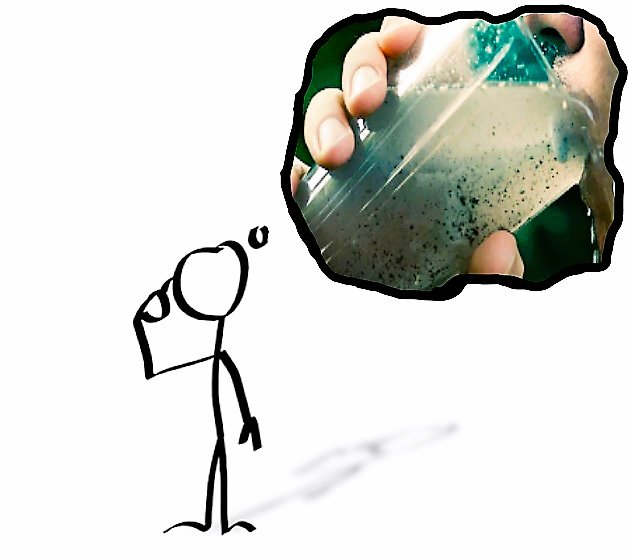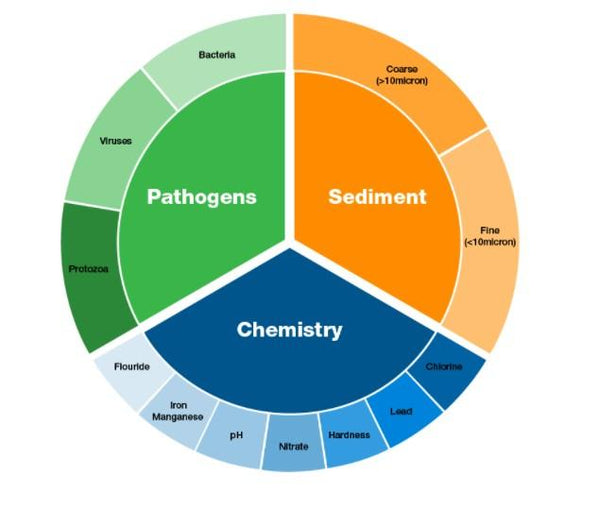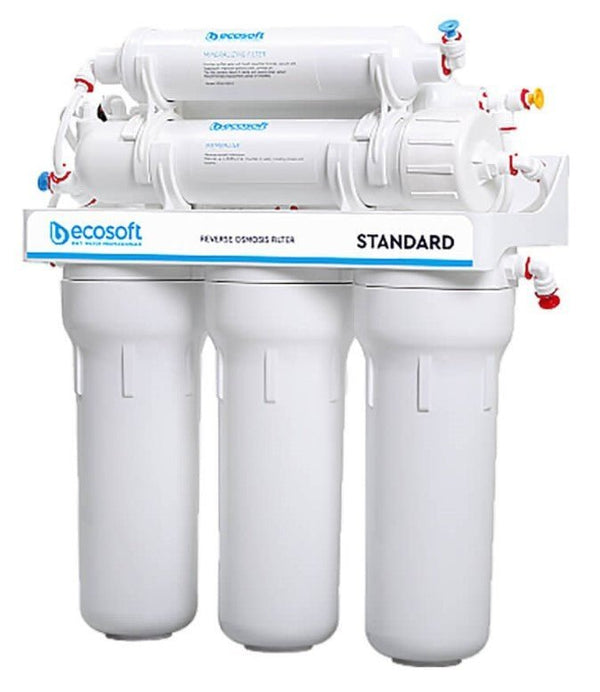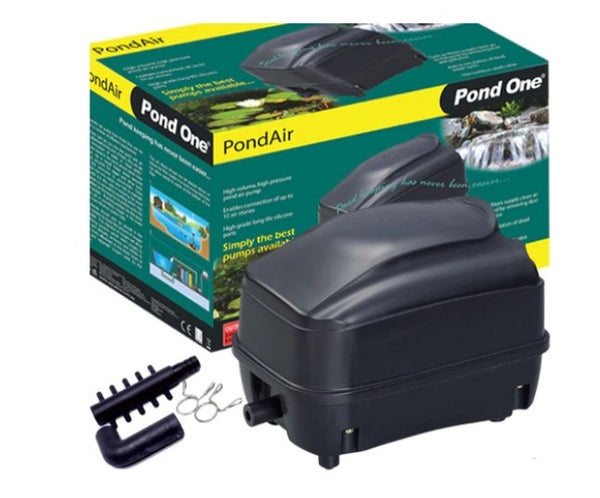Municipal chlorinated water, often referred to as "tap water" or "city water," is the water supply provided by a local government to residents and businesses within a municipality or city. This water is treated, disinfected, and distributed through a network of pipes to meet the drinking, sanitation, and industrial needs of the community. Here are some key features and aspects of municipal chlorinated water:
-
Water Treatment: Municipal water treatment facilities process raw water from natural sources like rivers, lakes, or groundwater. The treatment process typically involves multiple stages, including coagulation, sedimentation, filtration, and disinfection. Chlorine is commonly used as a disinfectant to kill or inactivate harmful microorganisms.
-
Chlorination: Chlorine gas or chlorine-based compounds are added to the water to disinfect it. This helps ensure that the water is safe to drink by killing bacteria, viruses, and parasites. The chlorine treatment may occur before or after other treatment processes to maintain water quality throughout the distribution system.
-
Residual Chlorine: A small amount of chlorine is maintained in the water as it travels through the distribution system to keep it free of microbial contaminants until it reaches consumers' taps. This residual chlorine level is monitored and controlled to ensure its effectiveness and safety.
-
Safety and Regulation: Municipal water suppliers are subject to strict regulations and guidelines. local regulations dictate the acceptable levels of residual chlorine, the maximum allowable levels of disinfection byproducts, and other water quality parameters to protect public health.
-
Disinfection Byproducts: The use of chlorine in water treatment can lead to the formation of disinfection byproducts (DBPs), such as trihalomethanes (THMs) and haloacetic acids (HAAs). These byproducts can pose health risks, and municipalities are required to monitor and control their levels to ensure water safety.
-
Taste and Odor Control: Municipal water treatment facilities often use additional treatment methods, such as activated carbon filtration or chloramination (combining chlorine with ammonia), to minimize taste and odor issues that may result from chlorination.
-
Water Quality Testing: Municipal water supplies are regularly tested for various water quality parameters to ensure that the water meets or exceeds established safety and quality standards. These test results are often made available to the public.
-
Emergency Disinfection: In case of waterborne disease outbreaks or emergencies, municipalities can increase the chlorine dosage to ensure that the water remains safe.
-
Infrastructure Maintenance: Municipalities are responsible for maintaining and repairing the infrastructure that delivers water to consumers. This includes a network of pipes, pumps, and storage facilities.
-
Consumer Use: Municipal chlorinated water serves various purposes, including drinking, cooking, bathing, cleaning, and industrial processes.
It's important to note that the quality of municipal chlorinated water can vary from one location to another, depending on the water source, the treatment processes, and the local regulations in place. Consumers can typically access water quality reports and information from their local water utility to better understand the safety and quality of their tap water.









